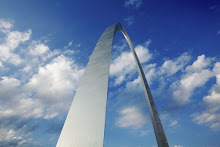Most American kids learn about the noble bison/buffalo in their first history classes. Inevitably, they learn about how invaluable a resource they were to Native Americans. The massive beasts generally topped out at 700-2000 pounds, and every part of them was utilized by early native tribes. A species that once dominated the landscape was killed to near extinction, but what those kids in history class might not be learning is that this population crash was not entirely due to over-hunting.
Bison caught diseases from cattle, they were dispatched to make way for incoming railroads, and worst of all, a government policy directing the slaughter of bison in order to force desperate Native Americans onto reservations all contributed to their near disappearance.
Fortunately, we still have bison, not only for a diversity of species, but because they're still a damn fine food source. It's more nutritious than domestic animals such as pigs, cows, and chickens; it's got higher vitamin content, is lower in calories and cholesterol, and their fat does not marble their meat.
Dried buffalo meat can be incorporated with nuts and berries into pemmican, a sort of early version of a Clif bar. Without access to the warm buffalo fat needed to make that, I had to rely on ground bison meat. At home, I made it into meatballs to serve on pasta, while out at restaurants, bison burgers are a popular choice.
They were both very good, which did not come as a surprise. Bison is easy to overcook, but if you can avoid that, and season it properly, it can be a highly satisfying star of any meat dish.






















